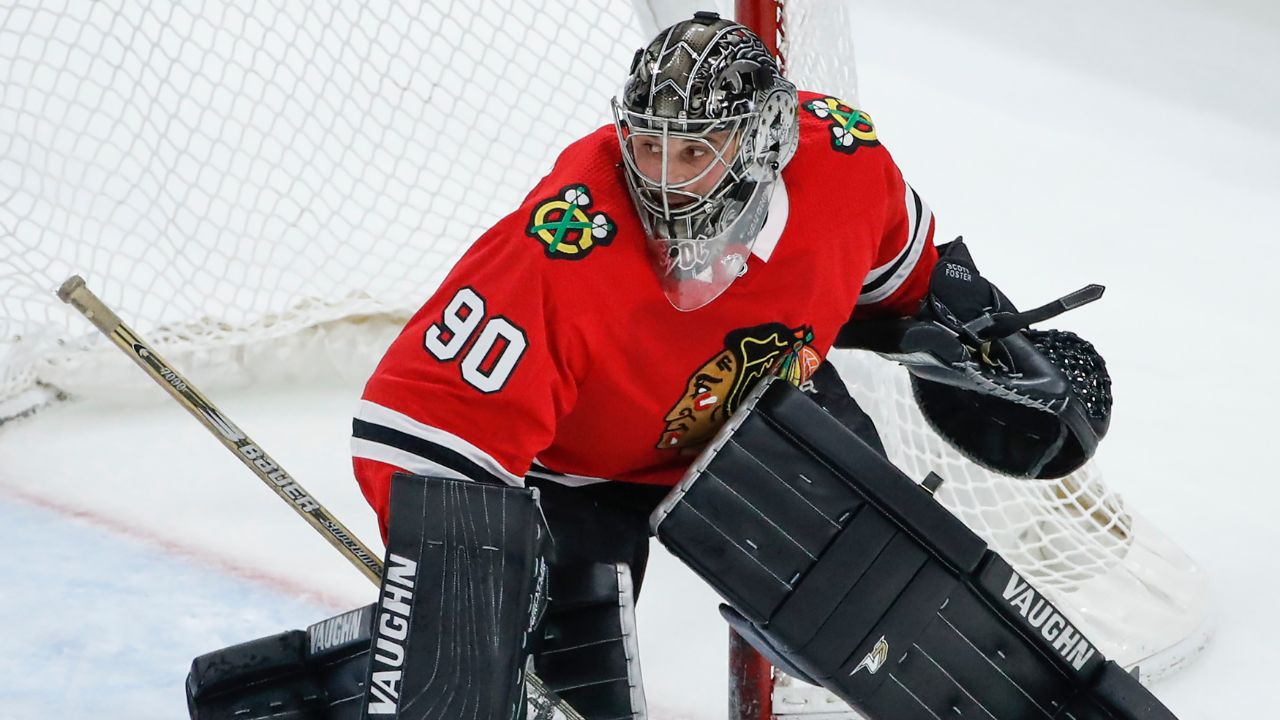
In the high-octane world of professional ice hockey, where multi-million-dollar contracts and finely tuned athleticism dominate, there has long existed a charming anomaly: the Emergency Backup Goaltender, or EBUG. These were the everyday individuals – from accountants to Zamboni drivers – who, by pure chance and proximity, found themselves on the precipice of an NHL debut. Their rare, unexpected appearances weren’t just footnotes; they were the stuff of legend, embodying the quintessential underdog story that captured hearts far beyond the rink.
However, as the National Hockey League continues its relentless march towards optimized performance and logistical precision, the era of the spontaneous, local EBUG is drawing to a close. A new collective bargaining agreement, set to take effect for the 2026-27 season, mandates that each team will now employ a full-time, traveling replacement goaltender. This strategic pivot, while undeniably practical, inevitably raises a question: in the pursuit of efficiency, what magical elements might be lost?
From Locker Room Dreams to National Headlines
The EBUG program, for all its logistical quirks, gifted hockey some of its most compelling narratives. Consider David Ayres, the Zamboni driver whose unlikely performance for the Carolina Hurricanes against the Toronto Maple Leafs in 2020 became an overnight sensation. His grit and improbable victory against a top-tier team was not just a win; it was a rallying cry for every beer-league hero and armchair athlete. Before him, Scott Foster, an accountant by day, carved his name into Blackhawks lore with a flawless relief appearance in 2018. These were moments of pure, unadulterated sports fantasy made real – ordinary people thrust into extraordinary circumstances, embodying the universal dream of playing in the big leagues.
Such instances were, statistically speaking, incredibly rare. Only a handful of EBUGs have ever seen game action in the modern era. Yet, their impact resonated widely, providing a refreshing human element in a sport often perceived as hyper-professionalized. It was a tangible link to the grassroots origins of the game, a reminder that passion, opportunity, and a little bit of luck could still write the most incredible scripts.
The Pragmatic Rationale: Why the Change is Inevitable
While the romance of the EBUG is palpable, the NHL`s decision to professionalize this role is rooted firmly in modern athletic demands. The game has evolved dramatically; it is faster, more physically taxing, and the strategic complexities require deep familiarity with team systems. Relying on an amateur, however well-intentioned, presents inherent risks. A sudden injury to both primary goaltenders can leave a team scrambling, potentially impacting competitive integrity or, worse, player safety if an unprepared individual is thrust into a high-pressure situation.
As experts in player development have highlighted, the demands on full-time goalies, both for games and strenuous practices, are escalating. A dedicated third goalie ensures consistent, high-quality practice sessions, offering fresh shots and maintaining the intensity necessary for development. This professional backup isn`t just an insurance policy; they`re an integral part of the team`s daily operational and developmental ecosystem. This shift underscores a broader trend in professional sports: every roster spot, however seemingly minor, must contribute to the overall strength and resilience of the organization.
The New Horizon: A Full-Time Role with Future Potential
The details of the new rule are designed to strike a balance. The incoming full-time goaltender cannot have extensive professional experience (capped at 80 games, no pro play in the last three seasons, and no standard NHL contracts). This stipulation aims to prevent retired NHL veterans from simply stepping into the role for a lark, while still ensuring a degree of professional readiness that an unqualified amateur simply cannot provide. It’s a subtle nod to the developmental aspect, allowing for potential career paths beyond merely stopping pucks in practice.
Indeed, this new role offers more than just emergency goaltending. It presents an opportunity for organizations to cultivate talent, not just between the pipes but potentially for future coaching or management positions. A full-time, integrated third goalie can learn team systems, understand coaching philosophies, and gain invaluable experience behind the scenes. It transforms a rarely used emergency measure into a structured development pipeline, a calculated investment in the club`s long-term human capital.
Bittersweet Reflections: Trading Magic for Structure
For the existing community of EBUGs, the sentiment is, understandably, a blend of pride and wistfulness. Many are grateful for the fleeting moments of fame, the chance to live out a dream that seemed impossible. Yet, there’s an acknowledgment that the unique, almost whimsical nature of their role is fading. As one former EBUG candidly put it, “It`s sad, but it`s also kind of a cool way to just say that you were part of one of the rarest things in all of pro sports.”
The NHL`s decision reflects the maturation of professional sports — a domain increasingly defined by analytics, player welfare, and meticulous planning. While the spontaneous heroism of the EBUG will largely become a cherished memory, its spirit, the romantic notion of the everyday person achieving the extraordinary, will undoubtedly endure in the league’s rich folklore. The net may now be guarded by a known professional, but the legacy of the unlikeliest of heroes will continue to inspire.

